There are lots of reasons why you might want to travel to Vietnam: culture, history, cuisine. I didn’t have any particular plan or intention, but I was looking forward to seeing the insects in that country.
I don’t spend a lot of time in tropical ecosystems, but one of the things that strikes me about them is that life grows upon life at those latitudes. You can meet a creature beneath pretty much every leaf. And there are a lot of leaves.
Within a handful of days, I had seen beetles, spiders, bees, hornets, katydids and dragonflies. Cicadas called ceaselessly, like glass panes getting scratched. I spotted what I think was the yellowest bee I’ve ever observed, as well as flies that were glossy metallic colours, cobalt or jade. A stick insect with a missing leg crossed my path on a mountain road.
And I don’t mean to boast, but I was joined – in a hotel bedroom – by more than one good-looking cockroach.
And I had seen butterflies. In fact, there were so many butterflies around that almost the first vocabulary I picked up (of not very much) was a cute Vietnamese name for this animal: bươm bướm. I sometimes tripped over trying not to step on them, and on a couple of occasions, cycling down forest paths, I got slapped in the face by soft colourful wings.
These bươm bướm come in an incredible array of colours, patterns and sizes. Every day I discover a new favourite. There was a species that seemed to take on an orange or a blue tint, depending on the light. Another was black with a few millimetres of dark blue trim at the edges of its wings. There was a veritable giant that cast its shadows over me as I sunbathed at a swimming-hole one day. Another zany species zipped around, a ripple of shining cyan blue on its wings, as if had been electrocuted.
I have done some study and discovered some names of what I’ve seen: the banded treebrown, chocolate tiger, common cruiser, green commodore, blue helen. But not possessing a proper field guide for the butterflies of Vietnam, I’m mostly forced to let them flap around my imagination, metamorphosing in memory.
I will admit that food was another motive for my trip, and all my expectations have been met. Aside from the occasional dish that made me squeamish – chicken brains bobbing around in broth – I have been game to try a wide range of Vietnamese tucker.
But even the food sometimes led me back to insects. For example, banana flowers. I often ate them in salad and later enjoyed them in an unforgettable omelette. But I hadn’t really known what banana flowers looked like until I had them as an ingredient; these tasty dishes prompted some research.
One afternoon I watched a banana tree from the balcony of my guesthouse. Perhaps eighty green fruit curved outwards from a fat branch, ripening up. Meanwhile, the florets further down were busy with potential pollinators, who competed with one another. I could only see their silhouettes: bees and moths, or perhaps small butterflies, doing battle around the pale yellow blossoms.
There was also the evening that I went fishing with some fellas. We were in a village near the jungle and they were pretty gung-ho guys. We floated out on a bamboo raft and they regaled me with stories of hunting rats and fowl in the mountains, or pursuing frogs and snakes in the wet season. Then, one by one, they dived into the murky creek, armed with spear guns. Later, about thirty tilapias were grilled on an open flame. Someone arrived on their scooter with a six-litre jerry can full of beer. It was a feast.
As we leaned into dinner, a heavy-set cricket crashed our party. It was maybe ten centimetres long. I looked over at one of the guys and raised my eyebrow. “Yeah,” he said, “we sometimes we eat them too.”
The other day, on a lonely mountain road, I was taking photos of a hefty bee that was bouncing between melastoma flowers. While I had my eyesight restricted by the camera’s eyepiece, a buffalo herdsman ushered his beasts towards me; unbeknownst to me, they were grazing at my heels.
I continued in the other direction, but when I turned my head, I saw the old man peering into the bushes, as if bewildered at what I might have seen in there worth photographing. Fair enough: I’m sure much of what I find interesting in this country is as common as muck to the local folk. Such is often the nature of tourism.
It happens to me at home as well. When I was about 20 years old, I bought a video camera with a macro lens. You might have stumbled upon crouching in the bushes or perched on a rock, my lens focused on jewel bugs or damselflies. One afternoon I was laid prostrate across a footpath, filming a line of fairly ordinary ants as they went about their business. To explain what I was so interested in was not so easy, especially when I was trying to justify it to a bloke who was stepping over my prone body.
I count sugar ants, woodlice and silverfish as my childhood friends. But the enthusiasm of children doesn’t always end well for its recipients. The other day I walked with an eleven-year-old who eagerly showed me some rhino beetles that had dug into a damp log. As I walked on, he extracted one of these from its burrow, pulled all its legs off, and put it in my hand. I later watched the boy’s younger brother put the doomed beetle under a layer of cardboard and begin whacking it with all his might.
The insect class wasn’t the only type of animal I encountered in Vietnam. There were a handful of snakes, geckos that chuckled at me of a night, grumpy freshwater crabs. A frog took up residency in my bushwalking boot. And I had some beautiful bird encounters, too, though not as many as I might have hoped for – there was, admittedly, a long list of species to keep my eyes open for.
I may not have seen the bee-eaters, spiderhunters and flycatchers of my dreams, but I saw their prey. And indeed, almost every time my eye was caught by the movement of a winged being – bouncing between branches, or high up in the canopy – it was a butterfly. Some of them were of a size that made me think of catching a glimpse of a fairy-wren or pardalote back home.
It stands to reason that there are many butterfly young’ns around as well: larvae crawled about everywhere, at times just as impressive as the full-sized versions they’d turn into.
On one walking track, I came upon a middle-aged woman, squatting and peering intently at the ground. I thought she was studying the geology, but as I approached I realised that she was watching a hirsute caterpillar – part-grub, part-gremlin – as it moseyed along the stonework as well. The woman was trying to get it off the walkway, away from where a pair of shoes might crush it, so I helpfully guided it onto a stick. We didn’t have a shared language, but the woman and I bonded over our entomological interest. Until I moved the stick towards my face, opened my mouth wide and pretended I was planning to eat the caterpillar. The joke was funny to me, at least.
A month later, further north – not far from the border of China – I was sitting on a limestone slab, by a fast-flowing cascade. I thought I was alone, a rare occurrence in Vietnam, until I looked down and saw a larva of some kind moving laboriously toward me. Grey-blue and ruffled, it looked exactly as if a lichen had peeled itself off the rock to relocate. It has been a highlight of my trip.
(As I am not in possession of a good butterfly field guide, I sadly cannot say which caterpillars correspond to which butterflies. That’s something for the next visit.)
To tell the truth, I am sometimes struck with a sense of doubt about the motivations behind my overseas trips. I have spent a fair chunk of time and money on being elsewhere. Shouldn’t I do something with that involves a bit more ambition or adrenaline? Am I really trading in all this effort to sit around and look at caterpillars?
Yesterday I hiked up a hill choked with jungle growth. I worked up a shocking sweat; at the top, a local man smirked at me and shook his head. He tapped something into his phone and turned it up at me, asking a valid question via machine translation. “What are you doing here?”
In a similar vein, the other day I got all excited about a cluster of butterflies – several different species – hanging out on a patch of damp soil, pressing their proboscises into the earth. Butterflies often do this; it’s known as ‘puddling’. I slowly shuffled into the middle of the flock. As they fluttered around me, I looked over my shoulder at a nearby rice farmer and wondered if he hadn’t recently pissed where I was standing. Butterflies are often attracted to the nutrients in urine.
It’s been a few weeks since I’ve crossed paths with other international visitors, but it will inevitably happen soon enough. I cringe at the thought of those encounters. There are so many adventurous things I have not undertaken. No doubt the next traveller I meet will have a long list of must-do activities that they’ve ticked off. I will have a list of bugs.
Dusk had fallen by the time when I got off the bus. At the crossroads I found a bloke with a motorbike who would take me the last ten kilometres, to a village where I’d arranged to stay. He somehow stuffed my pack at his feet; I jumped on the back and we began to cruise towards my bungalow for the next week.
I do love being on the back of a motorbike, especially on a warm evening and on quiet backroads. Ahead of us, the roughly-concreted path wended towards curious formations of limestone, which had become silhouettes against a dark blue sky. Frogs and nocturnal snakes scurried to get out of the way of the few two-wheelers that puttered around the place. And in the air, adrift like embers, there were fireflies.
It’s been years since I last saw fireflies. I had no idea that I’d see them in northern Vietnam, so I was as giddy as a kid. Had there been fewer, I might have gone missing trying to follow them into the thicket of greenery. But of course, they are common on summer nights, the males drifting around the garden trying to elicit a reaction from potential mates.
Fireflies also have a charming name in Vietnamese, sweet and somewhat melancholy: đom đóm. They are still as harbingers of the planting season, though nowadays they are far less plentiful than they once were. Older villagers had stories about childhood days chasing the fireflies; the unlucky captives would be used in the place of lamps in rustic village houses. Habitat loss and pesticide are two causes for their diminishing numbers, but so too is light pollution. There once were 30 native firefly species in Vietnam; there are now reported to be six.
I really like travelling in Vietnam and keep telling myself that I’ll be back before too long. But I have said that about a good many places, and when it can take years to return even somewhere in Tasmania, I shouldn’t be glib about making the most of a trip over here. Nothing about travel should be taken for granted. But that doesn’t mean I need to rush around or make sure I leave no stone unturned, no motorbike loop untoured.
So often, treasured moments of a trip have come from downtime, from a long hike off the beaten track, at the top of a hill rarely visited by locals. Usually nothing happens, but once in a while, as you’re sitting there doing nothing, a peacock swallowtail comes to settle on a flower in front of you. You get a close look at a living work of art, a masterpiece.
In a world of dwindling of biodiversity, I’d like my holidays to include more animals than just the other backpackers. And if this is my only opportunity to visit Vietnam, then I’ll be happy that my future memories include a wide variety of other critters: frogs in boots, cockroaches in bed, and butterflies in my face.




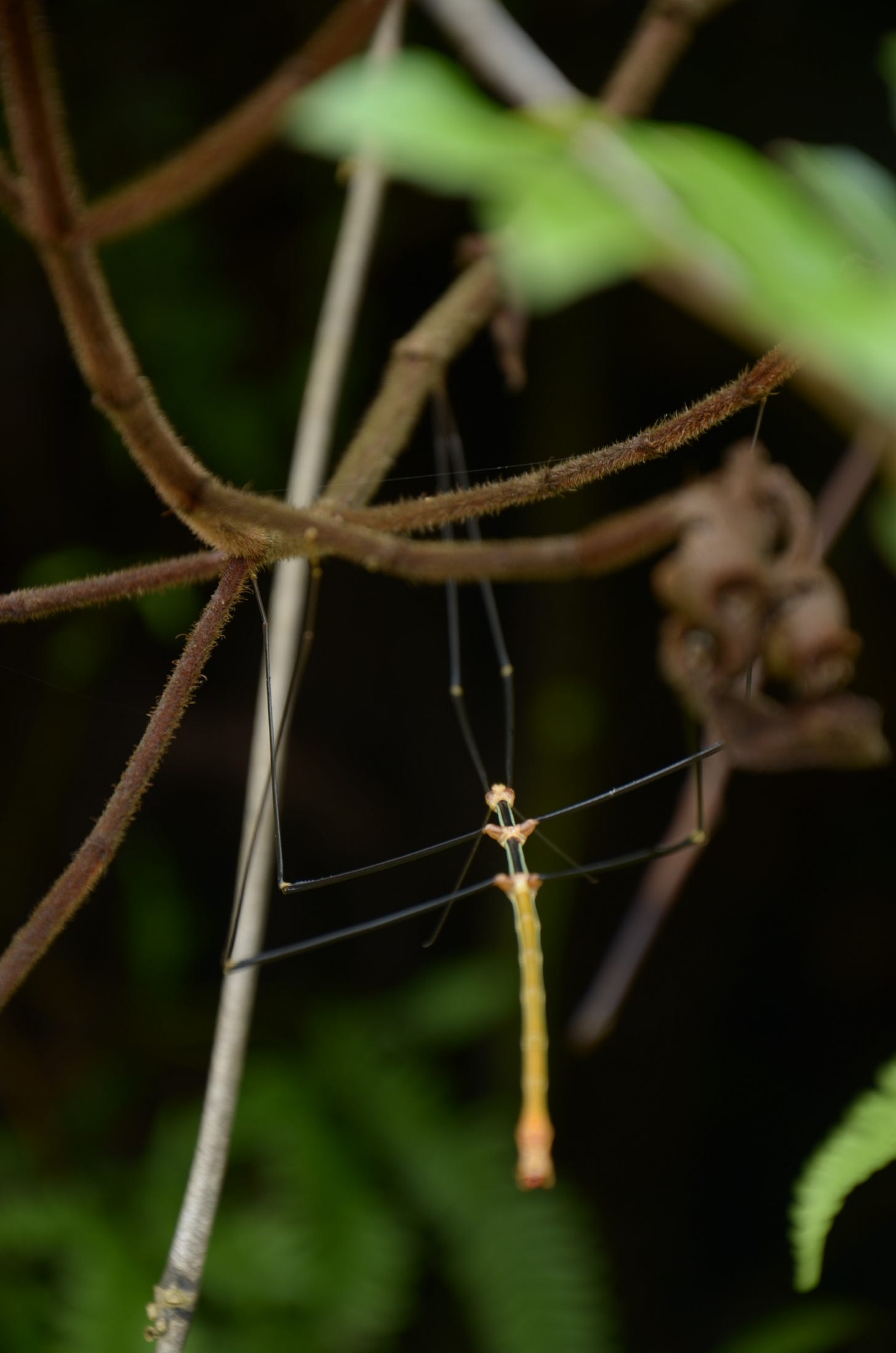

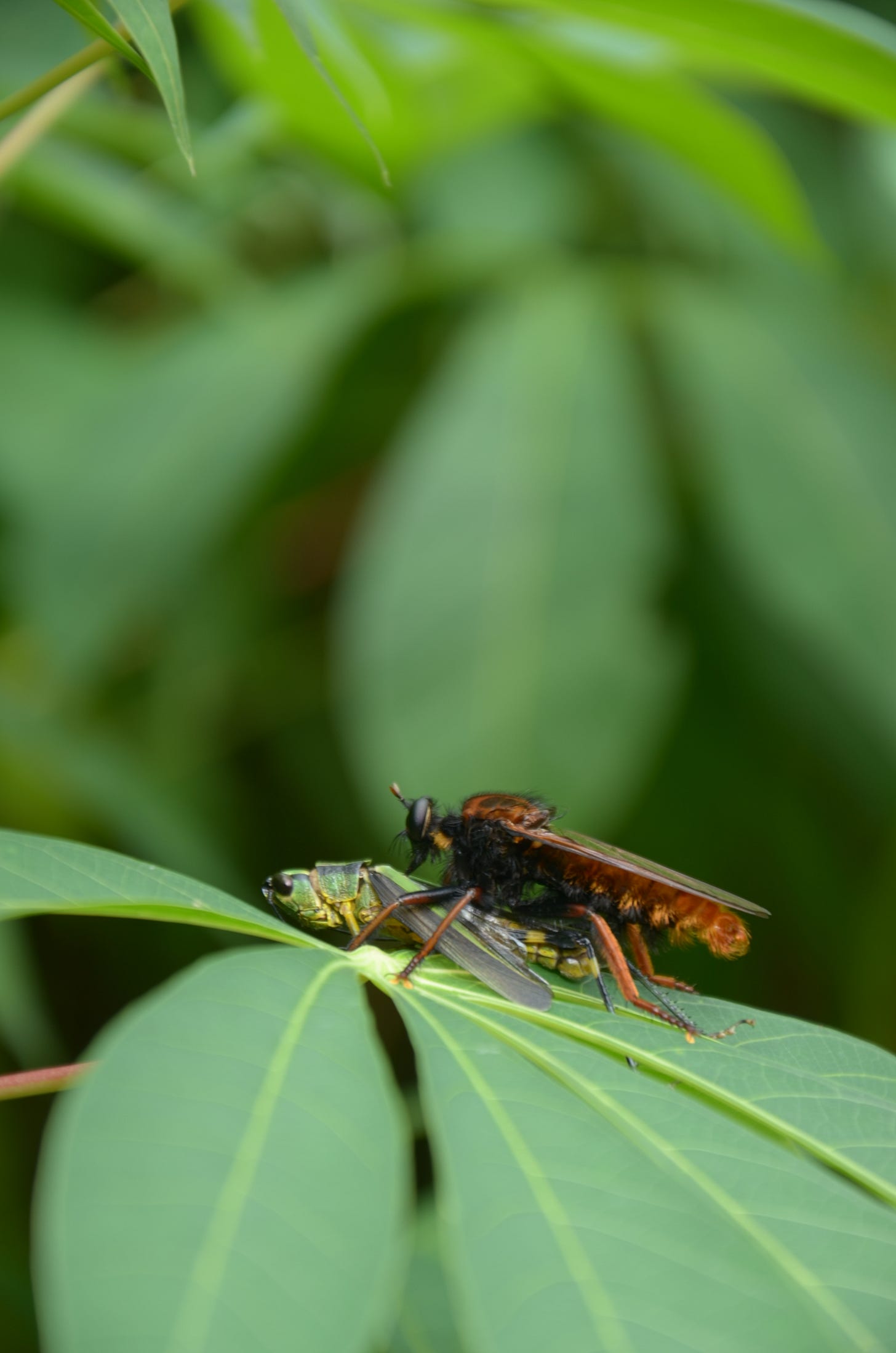

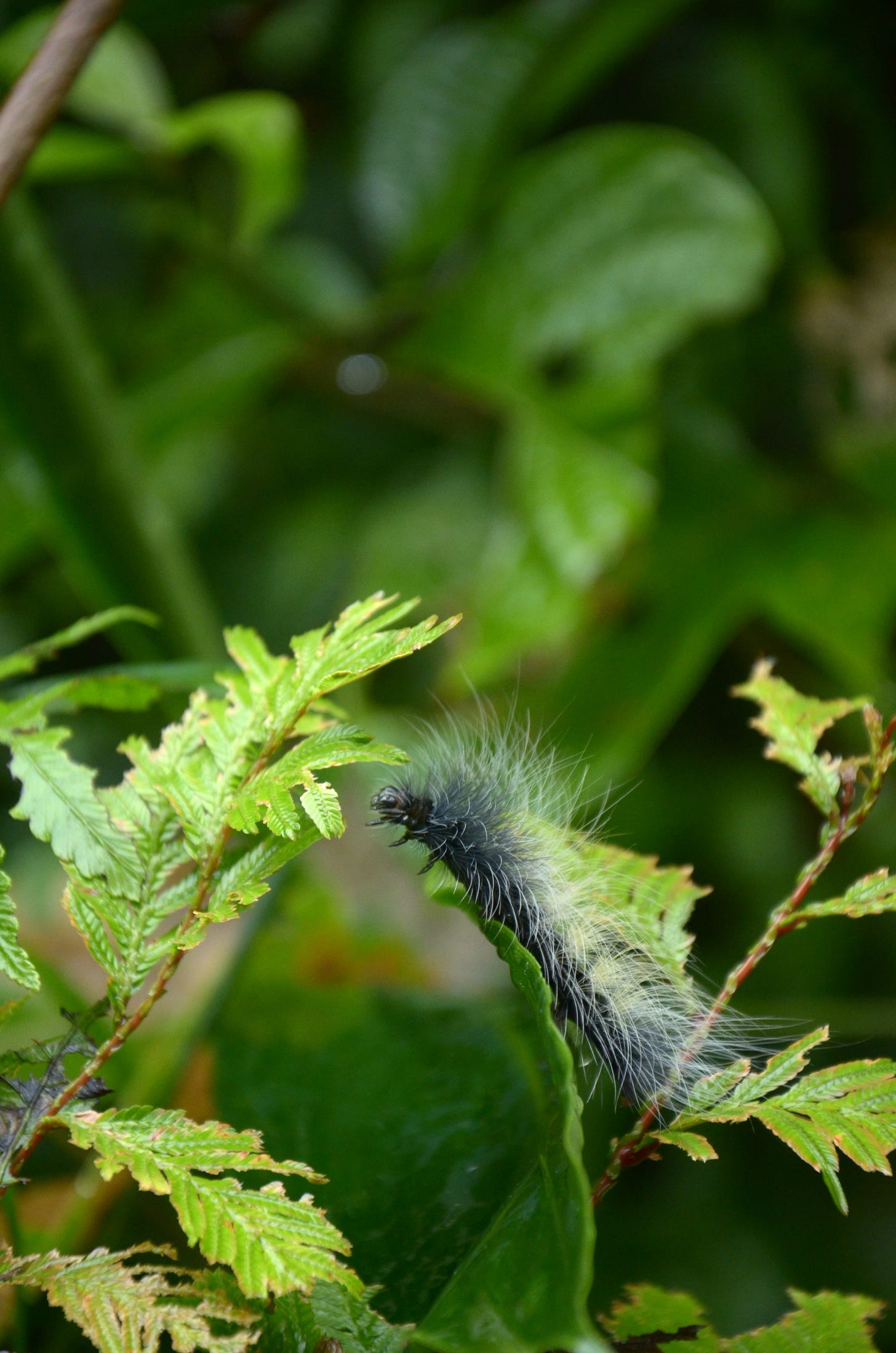
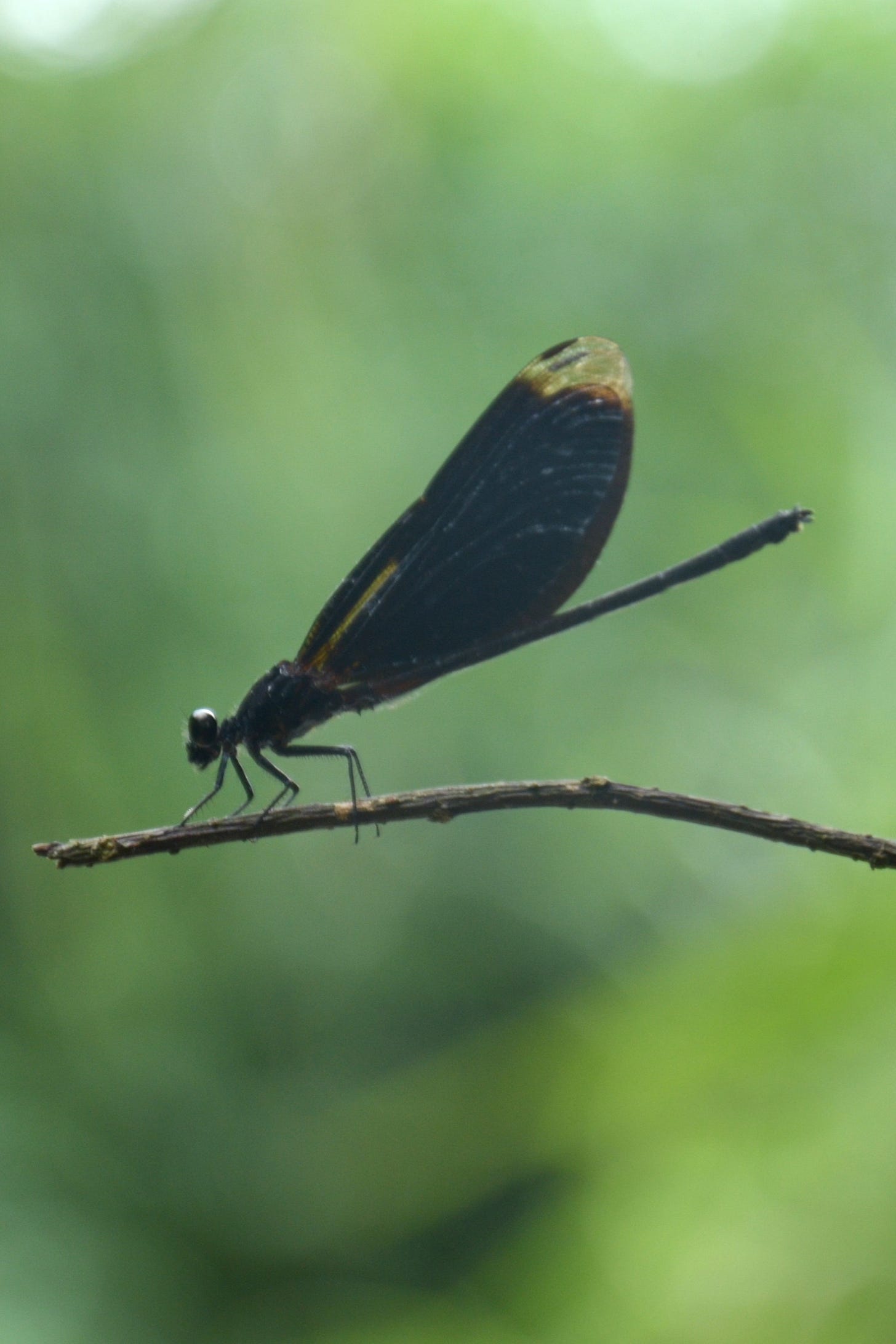

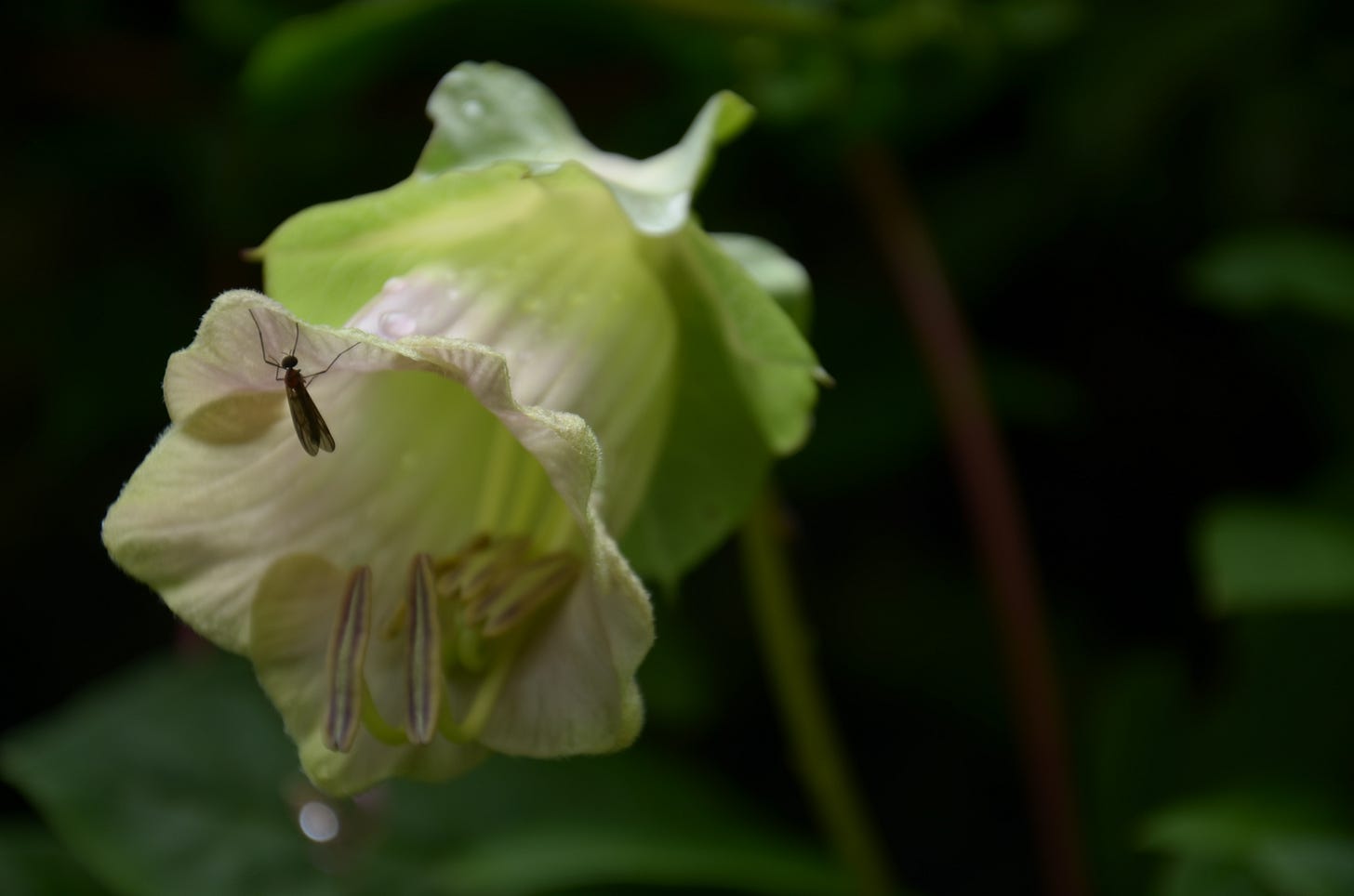
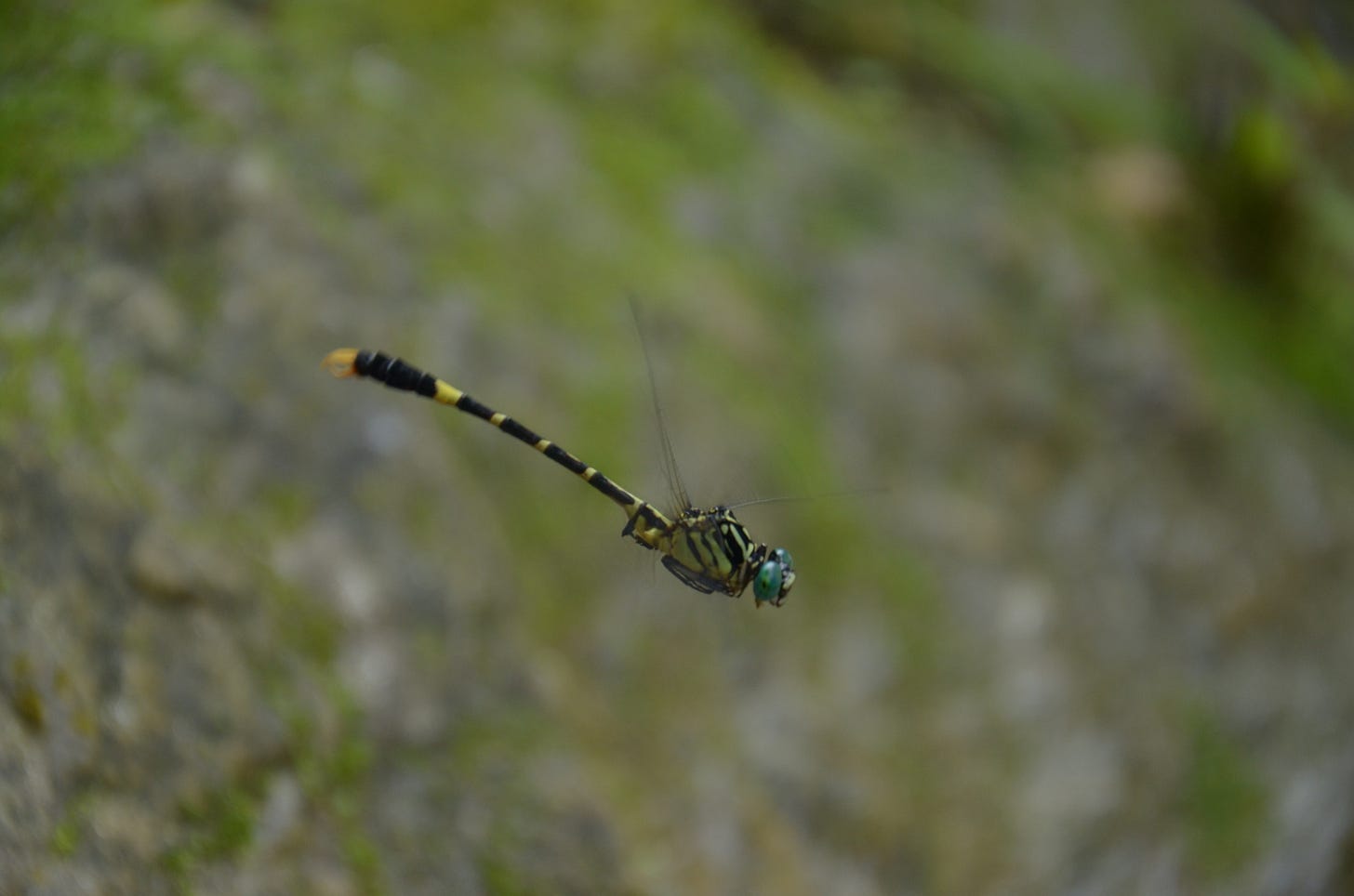
The joy you feel for the bugs, frogs and butterflies shows through and it's infectious. Thankyou.